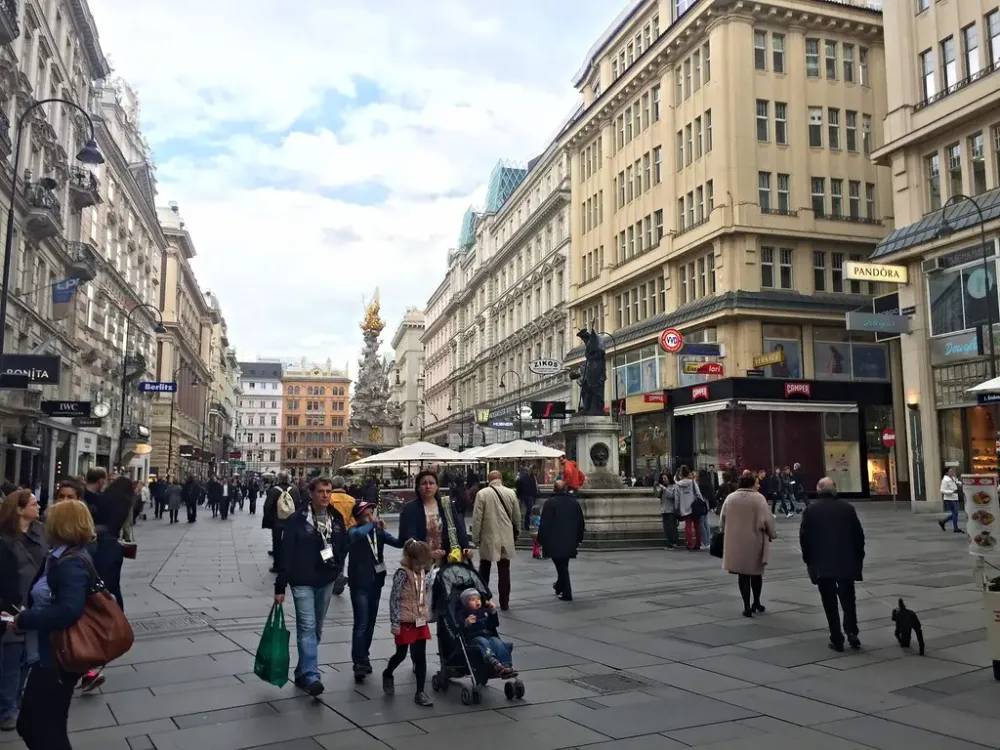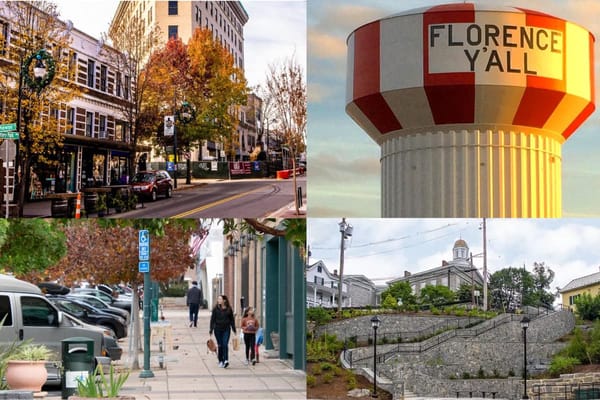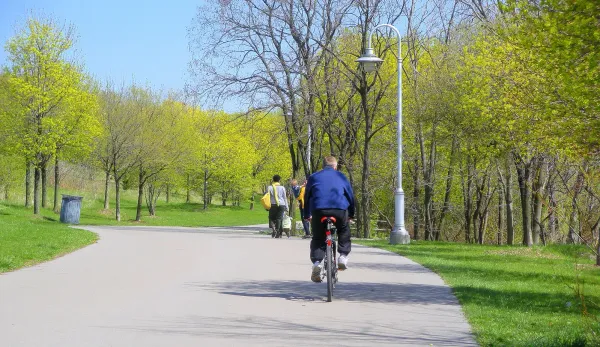Timeless Streets: How European Cities Teach Us to Walk Slowly Again
In Europe’s oldest cities, speed has always been a foreign concept. Long before “slow travel” became a buzzword, places like Seville, Florence, Vienna, and Bruges were built for a different kind of movement—one shaped by climate, craftsmanship, and community.
Today, that legacy still defines them. Their narrow streets, midday pauses, and pedestrian-first layouts aren’t just aesthetic choices; they’re deeply embedded systems that shape how locals and visitors experience time, space, and each other.
As overtourism challenges authenticity across Europe, some cities are quietly resisting—not by closing their doors, but by reinforcing the cultural rhythms and spatial designs that make them unique.
This article explores how four heritage cities balance tourism and tradition through architecture, siesta culture, and urban design—and why that balance feels increasingly radical in a world that’s forgotten how to walk.
Seville, Spain
Few European cities understand the art of walking quite like Seville. Long before “15-minute cities” became an urban planning buzzword, Seville’s medieval streets, shaded plazas, and open-air cafés had already perfected the rhythm of slow movement. The Andalusian capital was built not around cars, but around people, and its design continues to make walking not just the easiest way to get around, but the most rewarding.
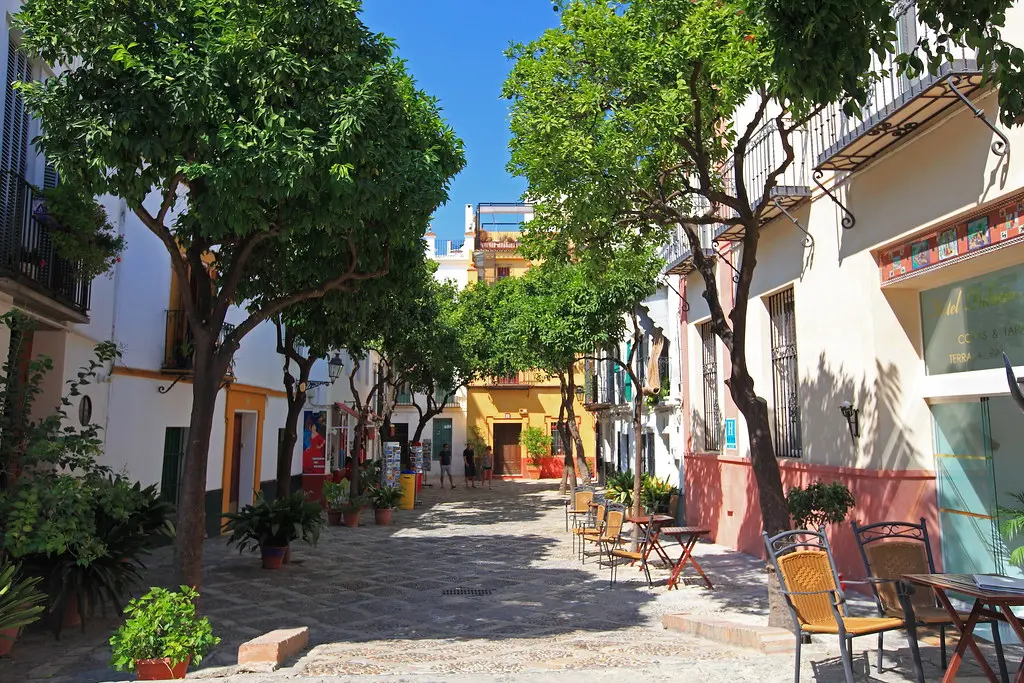
The first time I arrived in Seville, it felt slow-paced. As someone who lived most of his life getting things fast, Seville felt like a new planet. The air feels thick with sun, the kind that turns stone streets golden and slows your heartbeat to match the rhythm of the afternoon. Locals call this part of Spain la sartén, the frying pan, and after a few minutes under the Andalusian sun, you understand why.
Seville is officially Europe’s most walkable city, and I believe it. The labyrinth of the old quarter, Casco Antiguo, feels like a maze from another century: narrow, cobbled lanes where cars can’t squeeze through, and every corner opens onto a new courtyard, a whisper of music, a waft of jasmine. You always end up back at the river, or in the shadow of the Cathedral — the world’s largest Gothic one, its bell tower, La Giralda, shimmering like a memory of Moorish Spain.
The city’s myth goes back to Hercules himself, who supposedly founded Seville after sailing through the Strait of Gibraltar. Two thousand years later, his legend lingers in marble columns and Roman ruins — you stumble on them under cafés or tucked beside flamenco bars. History isn’t hidden here; it’s baked into the walls.
And then there’s Plaza de España, that magnificent half-moon of tiled bridges and arcades built for the 1929 Expo. I remember standing at its fountain, realizing I’d seen it before, in Star Wars and Lawrence of Arabia. But in person, it’s grander, warmer, and deeply human.
What I love most about Seville is that it still feels intimate despite its grandeur. It’s not a place you “check off” a list. It’s a place you live in — even for a weekend — walking without purpose, losing track of time between tapas bars, bell towers, and bursts of laughter spilling from shaded courtyards.
Key walkable attractions in Seville, Spain
Florence, Italy
I was lucky enough to visit Florence for a month, and I can tell you there is hardly any city in the world with as many shortcuts. If your means of transportation is your legs, you can literally get anywhere faster than any car.
Of all the cities I’ve ever walked through, Florence might be the one that taught me how to slow down. Everything you want to see, the art, the architecture, the food, is within reach. There’s something about wandering the cobblestone streets, gelato in hand, that makes the history feel alive.
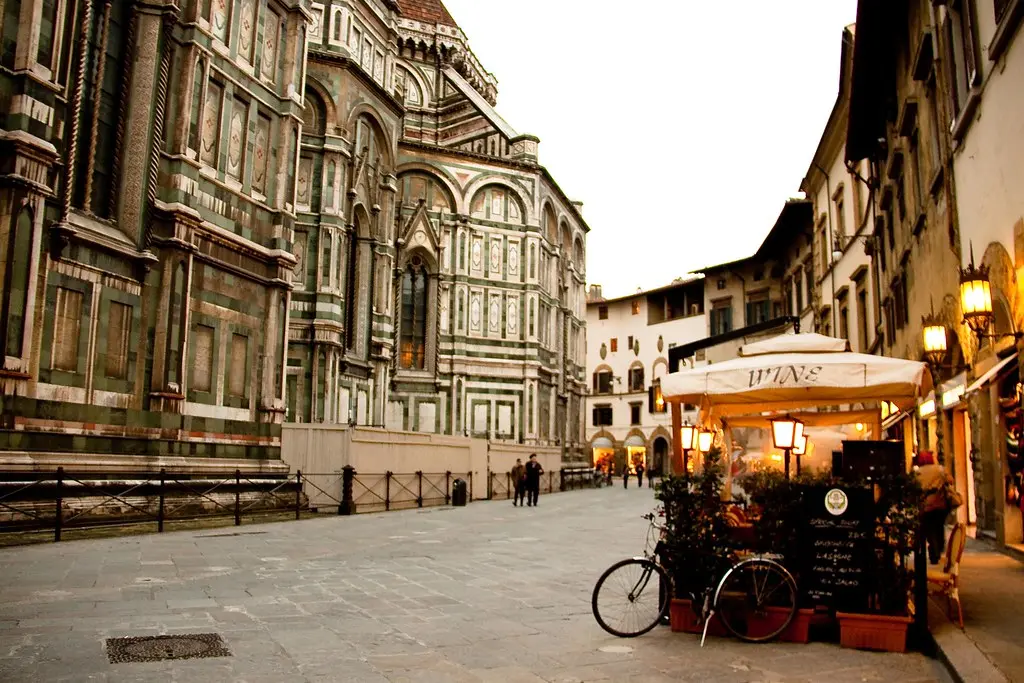
The city itself is a museum without walls. You can stumble upon a fresco while looking for lunch or pass a sculpture older than most countries on your way to class. Half the world’s greatest art is in Italy, and half of that is in Florence, so it’s impossible not to feel like you’re walking through time.
Florence also taught me that not all gelato is created equal. The rule is simple: avoid the giant neon mounds in the windows. The best spots keep their gelato tucked away, creamy and cold in metal tins. My favorite was Gelateria dei Neri — small, unassuming, and pure perfection.
But beyond food and art, what really makes Florence special is how walkable it is. Every direction leads somewhere worth going — across the Ponte Vecchio with its little jewelry shops glinting in the sun, up the 465 stairs of the Duomo to a view that steals your breath, or toward Piazzale Michelangelo, where the city glows like a painting at sunset.
Florence might be suffering from overpopulation, like many other Italian cities; however, the city planning and architecture retain their charm.
Key walkable attractions in Florence, Italy
Vienna, Austria
Vienna is a city that seems to move at the same pace as your heartbeat. From the moment I stepped onto its wide stone sidewalks, I knew this was a city built for walking — designed for lingering glances, slow mornings, and quiet wonder.
Every block feels intentional, as if someone centuries ago planned it, knowing we’d one day want to take our time. And in a way, they did. Vienna was once surrounded by medieval walls, and when those walls were torn down in the 1800s, the city didn’t replace them with highways or skyscrapers. Instead, they built the Ringstrasse — a grand circular boulevard that embraces the old town like an elegant necklace. You can walk the whole thing in about an hour and a half, and in that loop, you’ll pass palaces, cathedrals, museums, parks, cafés, and more history than you can process in a single day.
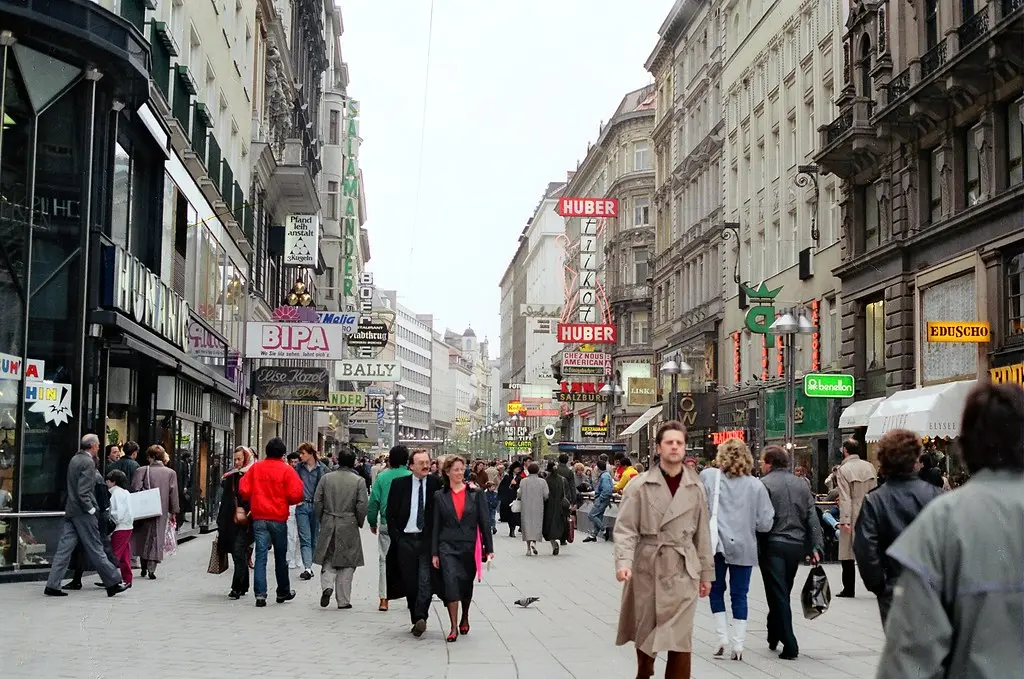
What makes Vienna special is how its beauty feels accessible. You don’t need a car, or even a plan. You just start walking and let the streets unfold. The city’s rhythm is calm but alive — trams glide by with soft electric hums, fountains sparkle in the light, and at every corner there’s a coffeehouse waiting for you to rest your feet and sip slowly.
The architecture itself seems to guide your walk. Nothing towers to intimidate you; everything rises to meet your eyes. The old baroque palaces and the art nouveau details of Otto Wagner’s stations all belong to the same rhythm — elegant, human, walkable. Even the scale of Vienna’s grandeur feels designed for people, not cars. Wide boulevards open into generous sidewalks, and parks appear just when your legs begin to tire.
What struck me most was how social walking in Vienna feels. People stroll here the way they breathe — naturally, unconsciously, together. You’ll see families walking arm-in-arm after dinner, couples sharing gelato by the fountain, musicians busking under archways that were built before Mozart was born. It’s the kind of city that doesn’t need to tell you to slow down — it just makes you want to.
It’s easy to understand why this city consistently ranks among the most livable in the world. It’s not just the culture or the safety or the cleanliness — it’s the way the city moves. It invites you to walk, to notice, to linger. It was built for connection: with history, with art, with yourself.
By the end of my trip, I realized I’d hardly taken the metro. I didn’t need to. The best of Vienna reveals itself one step at a time — a hidden courtyard here, a glimpse of marble columns there, a moment of stillness on a park bench as the light fades over the Danube.
Key walkable attractions in Vienna, Austria
Bruges, Belgium
If your talent is walking, Bruges will feel like a good playground. There’s something magical about a city that has kept its medieval soul so intact. Everywhere you turn, a bell tower rises, a canal shimmers, a horse carriage rolls past like time forgot to move forward. It’s not nostalgia — Bruges genuinely still moves to a slower rhythm.
The streets twist and turn into small squares where locals sip coffee under brick gables, and bridges arch over canals so still they look like mirrors. The whole city seems to hum quietly, like it’s aware of its own beauty but too humble to say so out loud.
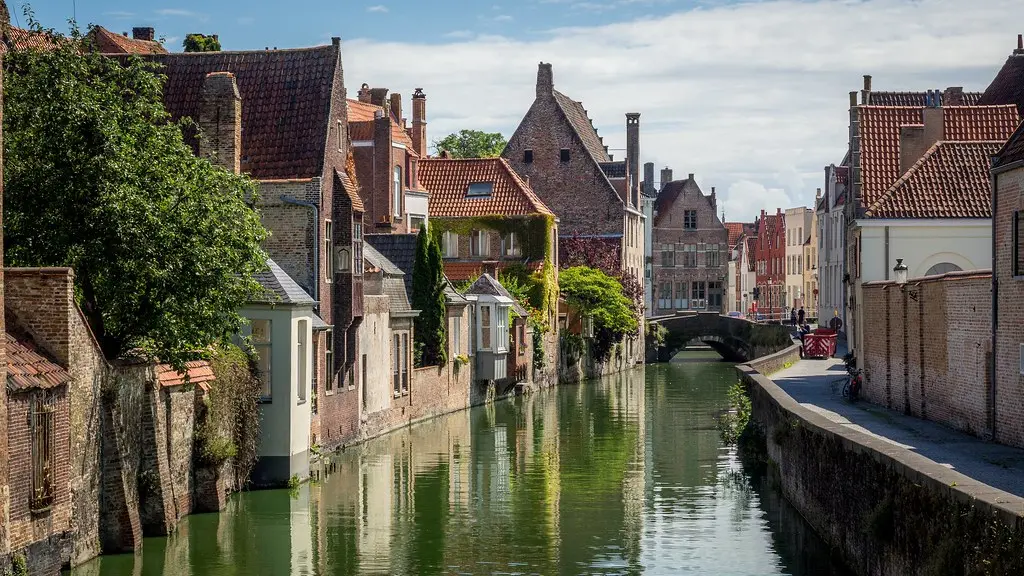
Walking here is less about getting somewhere and more about letting yourself drift. The city center is small enough to explore on foot, yet every step feels different. I loved starting near Markt Square, where the Belfry watches over everything like an old guardian. The air always smells like waffles and roasted nuts, and if you climb the tower, you’ll hear the bells ring across red rooftops like a heartbeat.
Bruges doesn’t need big landmarks to impress you; in fact, there aren't many. It’s the details that really matter — the rhythm of footsteps on stone, the reflection of a church spire in the water, the sound of a bicycle bell somewhere behind you. I’d stop constantly just to look up at the architecture — those tall, stepped facades that seem frozen mid-laugh, proud but never imposing.
And then there’s the silence. For a city so popular with visitors, Bruges manages to keep its quiet corners. Early in the morning, when the streets are still damp and the canals hold the color of silver, the city belongs only to the sound of church bells and ducks paddling by. You can walk for an hour and hear nothing but the soft click of your shoes. That’s rare in Europe now.
I think that’s the real reason people fall in love with Bruges. Not just because it’s picturesque, but because it teaches you how to slow down. Every path loops back to where you started, but somehow, you never feel like you’ve seen it all.
Key walkable attractions in Bruges
Conclusion
European cities like Florence, Seville, Bruges, and Vienna remind us that walking isn’t something to rush through—it’s how life unfolds. Their streets were never designed for speed, and that’s what makes them timeless. You slow down because the city invites you to: narrow lanes make conversation easier, plazas give you space to pause, and every corner offers a reason to look up instead of ahead.
In a world obsessed with saving time, these places quietly show the value of spending it well. The slower rhythm changes how you see things—details, faces, light, texture—and how you feel about where you are. Walking becomes more than movement; it’s how you reconnect with yourself, your surroundings, and the simple joy of being part of a city built for people, not traffic.
FAQ
1. Why do European cities feel naturally designed for walking?
Most European cities were built centuries before cars existed, so they were planned for people moving at a human pace. Streets are compact, blocks are short, and daily essentials are close together. Cafés, shops, and homes often share the same streets, which keeps everything within easy reach. Public squares, benches, and shaded alleys invite people to stop instead of rushing. Because parking is limited and public transport links every district, walking naturally becomes the easiest way to move. The result is a city that rewards observation—architecture, smells, and sounds unfold step by step, reminding you that the design itself encourages you to slow down.
2. How does a “slow walking” culture actually show up in daily life?
You notice it in small gestures. People stroll instead of striding, pause to greet each other, or stop for a short coffee rather than grabbing one to go. Markets are arranged for conversation, not speed. Side streets are narrow enough that cars must wait for pedestrians, not the other way around. In the evenings, couples and families walk purely for pleasure—the passeggiata in Italy, the promenade in Spain. Even workdays include moments outdoors between errands. This slower rhythm turns walking into a habit of presence: you move with awareness, not urgency. It’s everyday mindfulness built into the structure of the city.
3. How does walking slowly improve mental wellbeing and community life?
Slow walking keeps stress levels low and awareness high. When streets feel safe and beautiful, people spend more time outside, and that creates natural contact between neighbors. Eye contact, small talk, and shared routines strengthen belonging without any effort. The body relaxes when movement isn’t forced, and the mind follows. Instead of feeling detached behind traffic or screens, you’re surrounded by human voices, architecture, and rhythm. That sense of connection—seeing familiar faces, recognizing shopkeepers, hearing street music—builds subtle but powerful community ties. Slowness isn’t inefficiency; it’s what lets a city feel alive and personal.
4. Is it true that Florence is better explored on foot than by any tour or transport? Why does everyone say “just walk it”?
Yes, totally true. Florence is small enough that every major sight is within a 20-minute walk, but the real reason people say “just walk it” is because half the beauty hides between attractions. The narrow medieval streets, random courtyards, and street-corner gelato shops create this rhythm that no vehicle could replicate. Walking also gives you scale—you suddenly realize how compact the Renaissance world actually was. Most locals walk or bike, and cars are restricted in the historic center anyway. You feel like you’re wandering inside a painting, not rushing through a checklist. Florence rewards slowness; the more you walk, the more the city starts talking back.
5. How does Vienna keep its walkability when it’s such a modern, working capital?
Vienna basically never gave up on people. Even as it modernized, it kept the historic core dense, mixed-use, and human-scaled. Sidewalks are wide, trams are quiet, crossings are everywhere, and the Ringstraße forms a loop you can walk in an afternoon. Unlike some capitals that push pedestrians to the edges, Vienna makes walking the default—offices, cafés, metro stops, and museums are all within reach. There’s also a culture of Gemütlichkeit—comfort and composure—so life isn’t built around constant speed. You can grab coffee, read a paper, and walk to work without feeling late. It’s modern, but it’s still built on the rhythm of a city that once moved by carriage and conversation, not by car.
6. What’s the biggest difference between walking in Florence and walking in Seville? Both hot, both historic—so what makes the vibe different?
Florence feels introspective; Seville feels theatrical. In Florence, the narrow stone lanes absorb sound—you walk quietly, watching shadows shift across Renaissance façades. It’s like a museum that breathes. Seville, on the other hand, spills into the street—music, chatter, orange blossoms, café tables everywhere. You don’t walk through Seville; you walk with it. The climate shapes behavior too: in Florence, mornings and evenings are for strolling; in Seville, everything slows down mid-day for siesta, then revives at night when the air cools. Both cities teach you to move more slowly, but for different reasons—Florence wants you to reflect; Seville wants you to join the rhythm.


